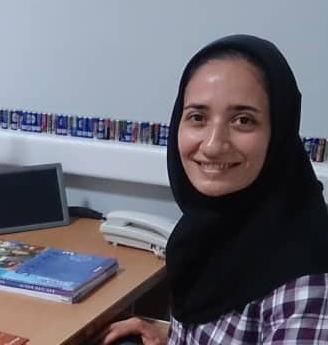| Title |
Theoretical study of the interaction between the Coronavirus Virus (Covid-19) and some of the recently suggested drugs using the SAPT (DFT) method |
| Researcher |
|
|
|
|
|
|
|
| Abstract |
Covid-19 is an epidemic disease that was first recognized in 2019 in Wuhan and now leading to a coronavirus pandemic in 2019-2020. This virus is attracting considerable interest because it affects the whole world and unfortunately in some cases has deadly effects. Covid-19 has received much attention in the last four months and many attempts have been made to find a drug or a vaccine for the virus. In a major advance in 2020, it has been shown that some known drugs can be considered as effective drugs for this virus but in these studies, the exact mechanism of the interaction between the drugs and covid-19 has not been dealt with in-depth. This study aims to use the SAPT (DFT) method to better understanding the interaction between some drugs and the covid-19 agent. Using this approach, the interaction energy can be decomposed into distinct physical components which is a very special feature of the mentioned method. For this purpose, the different interaction energy components (electrostatic, dispersion, induction, and exchange) related to the interaction between some selected drugs such as Chloroquine, ribavirin, and penciclovir, and covid-19 have been calculated and the energy interaction components controlling the covid 19-drugs interaction can be found. In this study, the three following questions will be answered: (a) which energy components control the interaction between the Covid-19 and the selected drug? (b) what is the relationship between the energy components and the structures of the drug? (c) which new parameters can be added to the quantitative structure-activity relationship (QSAR) parameters to save time and money in the pharmaceutical studies? This project is carrying out by Fatemeh Bamdad as the Ph.D. student of the physical chemistry group of the department of chemistry of the Isfahan University of Technology (IUT) under the supervision of Dr. Hossein Farrokhpour from the department of chemistry and Dr. Mahmud Ashrafizaada from the department of mechanical engineering at IUT. |

 Fatemeh Bamdad (PHD student at Isfahan University of Technology)
Fatemeh Bamdad (PHD student at Isfahan University of Technology)
